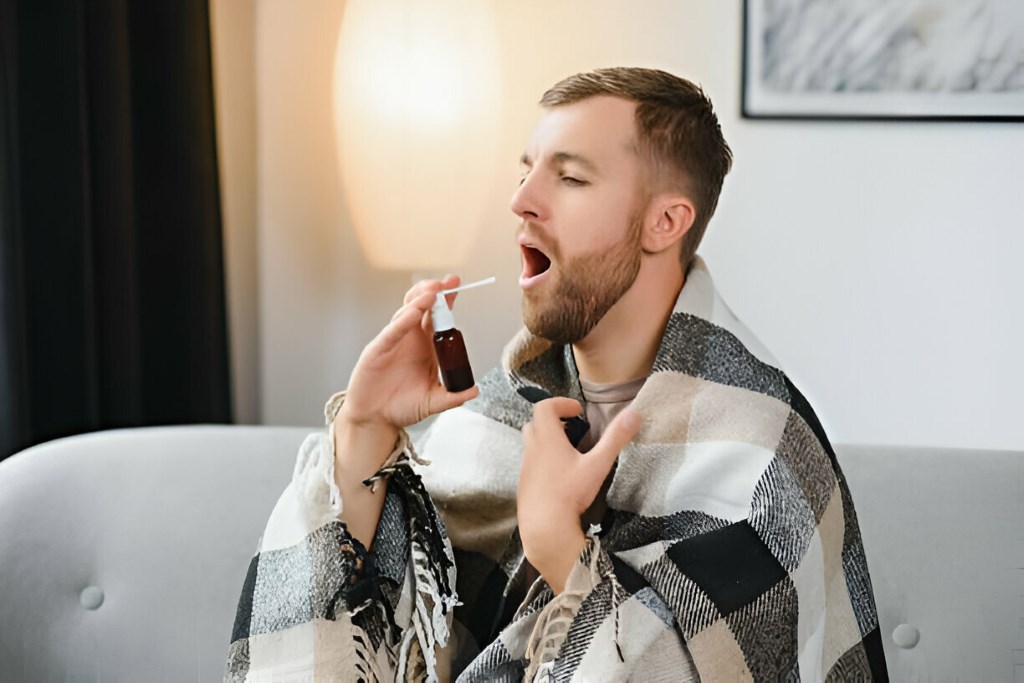In the pursuit of optimal health and wellness, individuals often focus on fitness goals as a cornerstone of their journey. While traditional approaches such as exercise and nutrition are well-established, the role of aesthetic medicine specialists in supporting these goals is often overlooked.
In this article, we explore how these specialists play a vital role in unlocking the health potential of individuals striving to achieve their fitness objectives.
Understanding Aesthetic Medicine Specialists
Aesthetic medicine specialists, often referred to as cosmetic physicians or dermatologists, are healthcare professionals who specialize in enhancing and preserving physical appearance through a variety of non-invasive, minimally invasive, and surgical procedures.
Educational Background and Training
Aesthetic medicine specialists typically begin their journey with a medical degree, followed by specialized training in dermatology, plastic surgery, or another related field.
This comprehensive education equips them with a deep understanding of skin physiology, anatomy, and pathology, as well as the skills necessary to diagnose and treat a wide range of dermatological conditions and aesthetic concerns.

Expertise in Cosmetic Procedures
Aesthetic medicine specialists are proficient in a variety of cosmetic procedures aimed at enhancing and rejuvenating the face, body, and skin. These procedures may include:
- Injectables: Aesthetic medicine specialists are skilled in the administration of injectable treatments such as Botox, dermal fillers, and Kybella.
- Laser and Light Therapies: Specialists utilize a range of laser and light-based technologies to address skin concerns such as acne, hyperpigmentation, and unwanted hair.
- Body Contouring: Aesthetic medicine specialists offer body contouring treatments such as CoolSculpting, radiofrequency therapy, and liposuction to target stubborn fat deposits and improve body shape and definition.
- Skin Rejuvenation: Through techniques such as chemical peels, microneedling, and microdermabrasion, specialists can rejuvenate the skin by promoting collagen production, improving skin texture, and reducing signs of aging and sun damage.
Comprehensive Assessment and Goal Setting
In the realm of aesthetic medicine, the journey toward achieving one’s desired appearance begins with a comprehensive assessment and goal-setting process.
This initial step is fundamental in understanding the individual’s unique needs, concerns, and aspirations, and it serves as the cornerstone for developing personalized treatment plans that align with their aesthetic objectives.
Understanding the Individual: The Importance of Assessment
Aesthetic medicine specialists recognize that each individual is unique, with their distinct features, preferences, and goals. Therefore, a thorough assessment is essential to gain insight into the patient’s anatomy, skin type, facial proportions, and existing concerns. This assessment may include:
- Medical History: Understanding the patient’s medical history, including any underlying health conditions, allergies, or previous surgeries, is crucial in determining their candidacy for certain treatments and minimizing potential risks.
- Skin Analysis: A detailed analysis of the skin helps identify specific concerns such as wrinkles, pigmentation, texture irregularities, and signs of aging.
- Facial Evaluation: Assessing facial features, proportions, and symmetry allows specialists to identify areas of imbalance or asymmetry that may benefit from enhancement or correction.
Setting Achievable Goals: The Key to Success
Once a comprehensive assessment has been conducted, the next step is to collaboratively set achievable goals that align with the patient’s aesthetic aspirations and expectations. This process involves:
- Identifying Priorities: Prioritizing the patient’s concerns and goals helps focus the treatment plan on addressing the most significant areas of improvement.
- Establishing Realistic Expectations: It’s essential to establish realistic expectations with the patient regarding the outcomes of treatment, including the anticipated results, timeline for improvement, and potential limitations.
- Customizing Treatment Plans: Based on the assessment findings and the patient’s goals, aesthetic medicine specialists develop personalized treatment plans that combine various techniques and modalities to achieve the desired outcome.
- Monitoring Progress: Throughout treatment, regular follow-up appointments allow specialists to monitor the patient’s progress, assess treatment efficacy, and make any necessary adjustments to the treatment plan.

Treatment of Exercise-Related Injuries
Exercise is undoubtedly beneficial for overall health and well-being, but it’s not without its risks. Exercise-related injuries, ranging from minor strains to more severe conditions, can occur due to overexertion, improper form, or repetitive movements.
Aesthetic medicine specialists play a crucial role in diagnosing and treating these injuries, employing a variety of techniques to facilitate recovery and restore functionality.
Diagnosis and Assessment
The first step in treating exercise-related injuries is accurate diagnosis and assessment. Aesthetic medicine specialists leverage their expertise in musculoskeletal anatomy and pathology to identify the underlying cause of the injury and determine the most appropriate course of treatment.
Non-Surgical Interventions
Many exercise-related injuries can be effectively managed with non-surgical interventions, which are often the first line of treatment recommended by aesthetic medicine specialists. These may include:
- Rest and Immobilization: In cases of acute injuries such as sprains, strains, or fractures, rest and immobilization of the affected area are essential to allow for healing and prevent further damage.
- Physical Therapy: Physical therapy plays a crucial role in the rehabilitation of exercise-related injuries, helping to restore strength, flexibility, and range of motion.
- Pain Management: Pain management techniques such as ice therapy, heat therapy, and over-the-counter or prescription medications may be recommended to alleviate discomfort and inflammation associated with exercise-related injuries.
Minimally Invasive Procedures
In some cases, minimally invasive procedures may be necessary to treat exercise-related injuries that do not respond to conservative measures. Aesthetic medicine specialists are skilled in performing a variety of minimally invasive interventions, including:
- Platelet-Rich Plasma (PRP) Therapy: PRP therapy involves injecting concentrated platelets derived from the patient’s blood into the injured area to promote tissue repair and regeneration.
- Prolotherapy: Prolotherapy, also known as regenerative injection therapy, involves injecting a solution of dextrose or other irritants into the injured tissue to stimulate the body’s natural healing response.
- Ultrasound-Guided Injections: Ultrasound-guided injections allow aesthetic medicine specialists to precisely target the injured tissue and ensure accurate placement of therapeutic agents such as corticosteroids or hyaluronic acid.

Conclusion
In conclusion, aesthetic medicine specialists play a crucial role in supporting individuals’ fitness goals by providing personalized treatments and interventions that enhance physical appearance, promote skin health, and address exercise-related concerns.
Through a combination of body contouring, skin tightening, injury treatment, hair restoration, and psychological support, specialists empower individuals to unlock their health potential and achieve their desired fitness outcomes.









